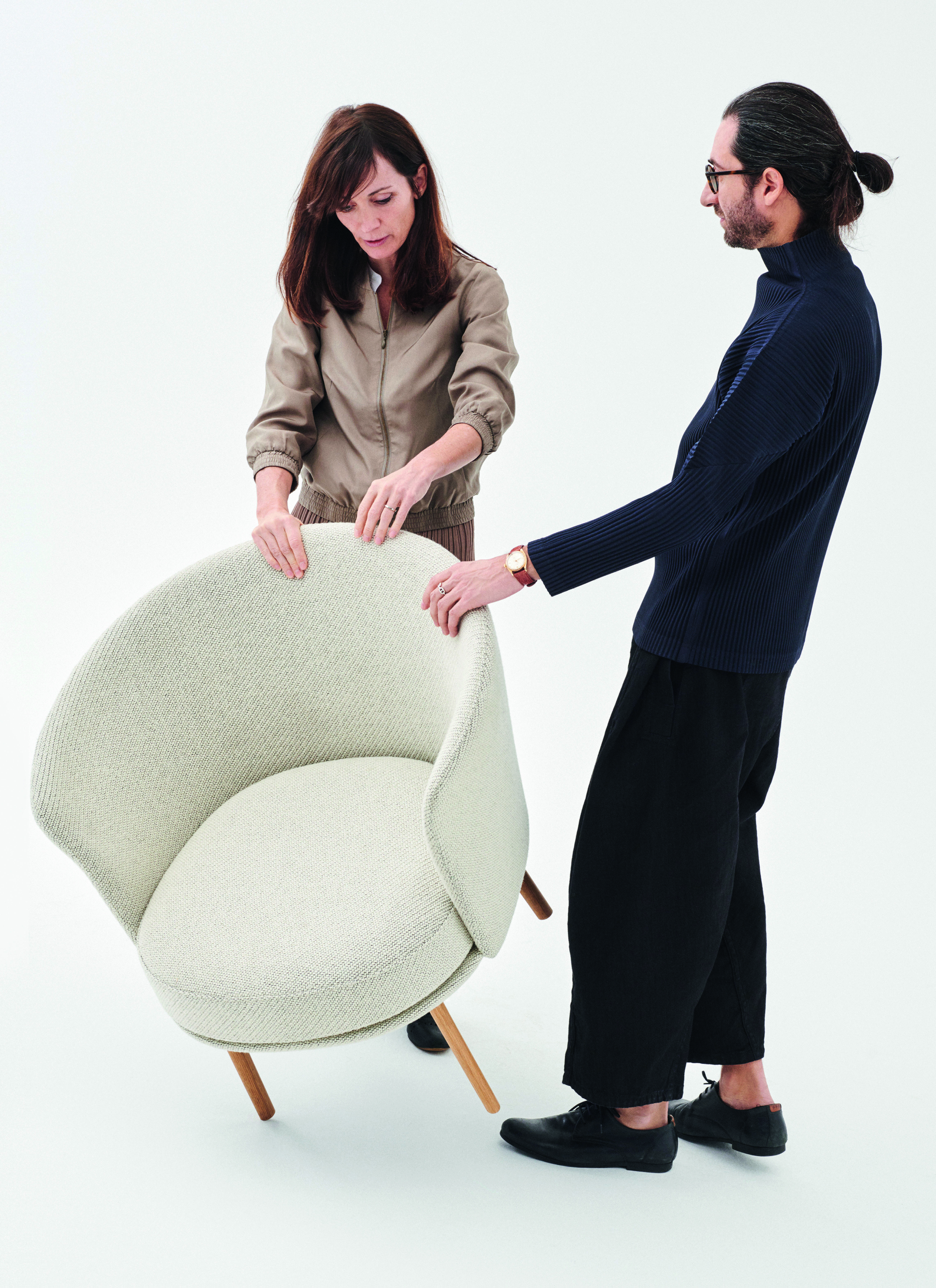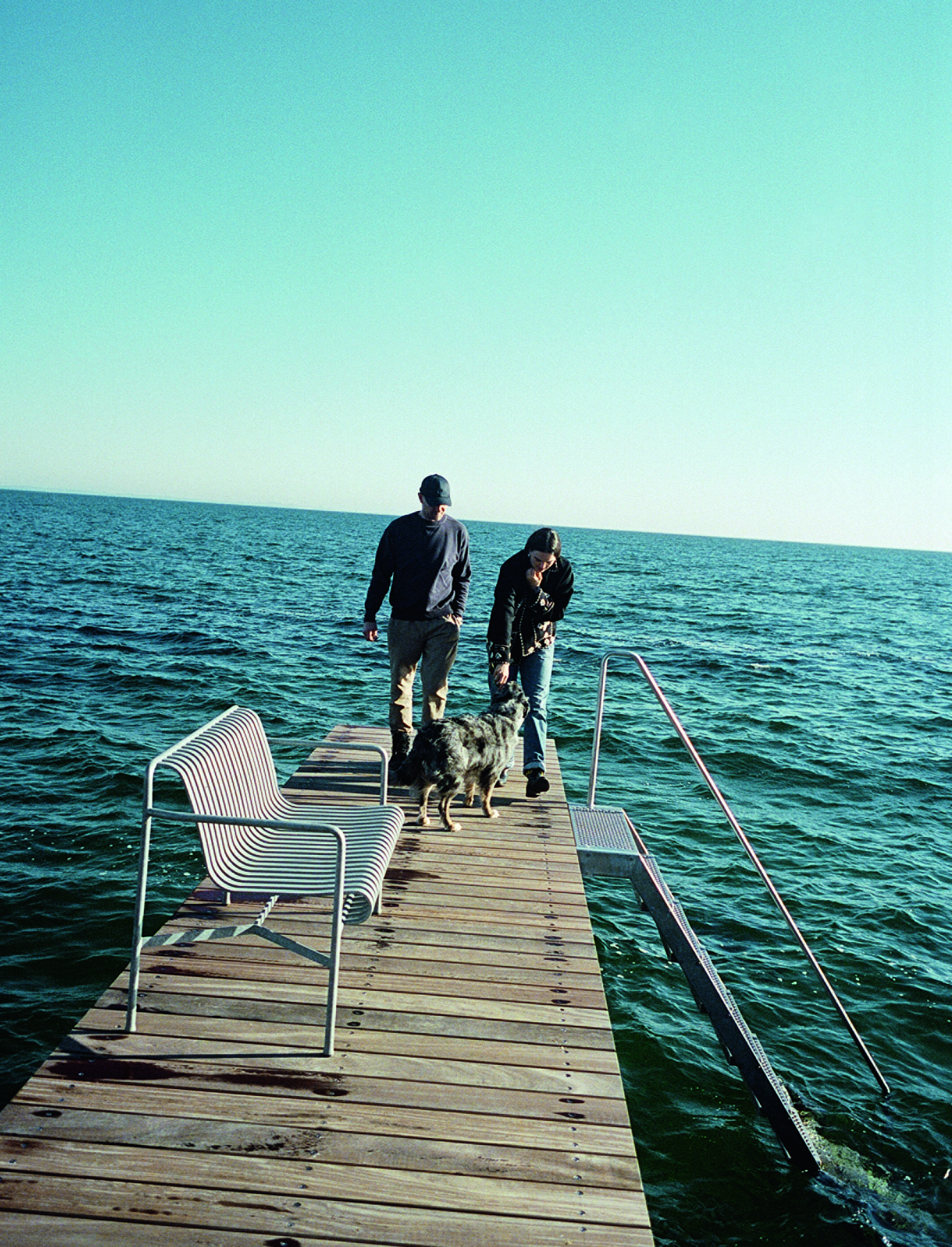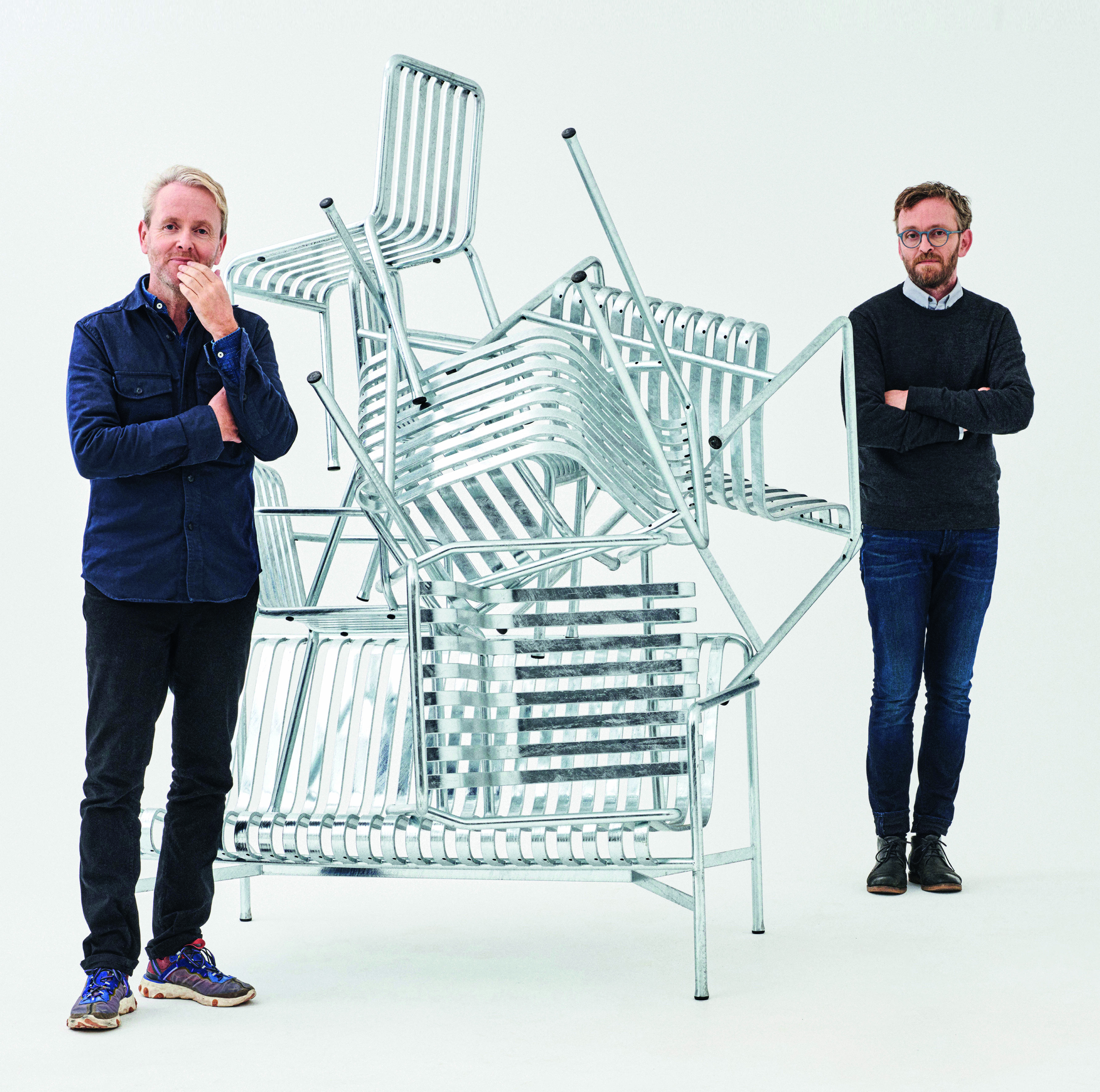
The designers that truly distinguish HAY
This innovative Danish firm knows what consumers want, and also what great designers desire
Rolf and Mette Hay, the founders of the beautiful, affordable contemporary Danish design firm, HAY, are very much people persons. In the foreword to their new book, the couple describe how they set out to make bright, beautiful products which truly serve a purpose in people’s lives.
“The need is often humble, a modest moment in our daily lives – making our morning coffee, brushing our teeth or sitting down to a quick lunch – which we believe can be made a bit better through good design,” they write in their new book, HAY.
However, Metter and Rolf are also very good at understanding the needs, desires and ambitions of great designers. Ever since its foundation in 2002, HAY has set out to work with the world’s best creatives, and while it may not have always had the financial firepower to pay star rates, it has managed to entice them in other ways.

Mette and Rolf with their dog Lola at their home in Denmark. Photo by Jody Barton
“We have always worked with the people we admire most, based on the belief that the best result is often the product of many perspectives, and multiple sets of hands, working together,” say its founders. “That’s why HAY reflects the visions of a big family of beloved collaborators, from our teams in Denmark, throughout Europe and across the globe to an ever-growing stable of brilliant international designers.”
That familial link is especially strong for Ronan and Erwan Bouroullec, the esteemed French brothers who created a number of works for HAY, including its Palissade outdoor seating range. In our new book Ronan recalls Rolf Hay asking the pair to design a chair for a Danish university – just the right commission to draw him in.
“As with a lot of designers, to design a chair for a university is a sort of dream,” says Ronan. “Step by step we got to know each other incredibly well. Rolf is very passionate about manufacturing. The design was always inspiring a better minimum, encouraging us to do less with more affordable materials.”
Ronan can think of paternal or avuncular figures within the design industry, such as Rolf Fehlbaum from Vitra or Giulio Cappellini, yet there’s only one fraternal figure for the Bouroullecs. “In a certain way, Rolf Hay is like a brother,” says Ronan.

Ronan and Erwan Bouroullec
Others appreciate this close relationship. Jonathan Levien of the London practice Doshi Levien recalls working on their Dapper chair for Hay. “‘With Rolf, it is more of a conversation, rather than a project,” he says. “We had this idea for a plywood chair: two shells, an upholstered pad and a steel frame. There was quiet at the other end on the phone as Rolf got out his pen and worked through the figures, and then said, ‘I think we can do that.’ That really collapsed the time-frame, allowing us to do it.” Once the plans were finalised, “HAY delivered it within six months,” Levien says.
HAY’s distinctive products, with their bright colours and contemporary appeal, drew in quite a few collaborators. The Italo-Danish design duo Stine Gam and Enrico Fratesi first encountered HAY while they were still in architecture school, via a local trade show. “HAY had a big stand,” recalls Fratesi. “I remember exactly the moment when they opened this exhibition, because it was different from everything else. It was like seeing furniture from another planet. At the time the Danish were extremely traditional, and this felt like the first moment of a new Nordic design.”
As HAY’s reputation grew, so other designers saw their work fitting into its remit. During the 2010s, Belgian designers Fien Muller and Hannes Van Severen distinguished themselves working with both museums and working with small, prestigious galleries, creating pieces that spanned the divide between fine art and furniture. As Muller explains in our new book, it was only after about eight years that “we were like, oh, maybe we are ready to do something for HAY.”
“We could feel that there was a younger public who couldn’t always afford a piece from us,” says Muller. “We wanted to do something for that audience too.”
Other designers saw HAY’s audience, and put forward the work of similarly suitable practitioners. “‘Collaborating with (British designer) Sebastian Wrong gave HAY a stronger artistic expression,” says Rolf in the book. “He also introduced us to artists such as Nathalie Du Pasquier, George Sowden and Richard Woods.”
Now that progressive, contemporary artistic position has enabled HAY to tap up more talent. “What makes HAY unique is that they’ve managed to stay one step ahead of the zeitgeist in terms of form, colour, language and innovation,” says the American-born, Milan based designer and HAY collaborator Shane Schneck. “They almost anticipate what the consumer will want before they know what they want.”

HAY
And they have a pretty good grasp of what great designers desire too. To see further works from this great design house, order a copy of HAY here.